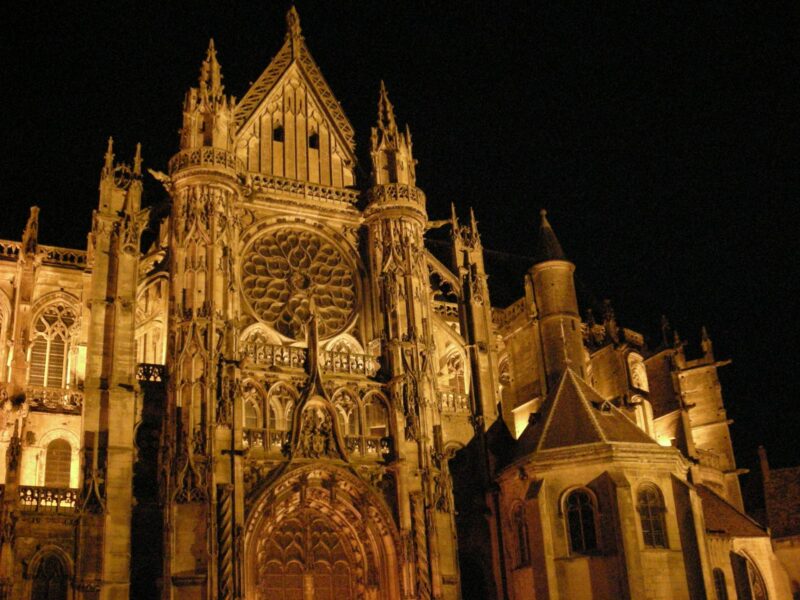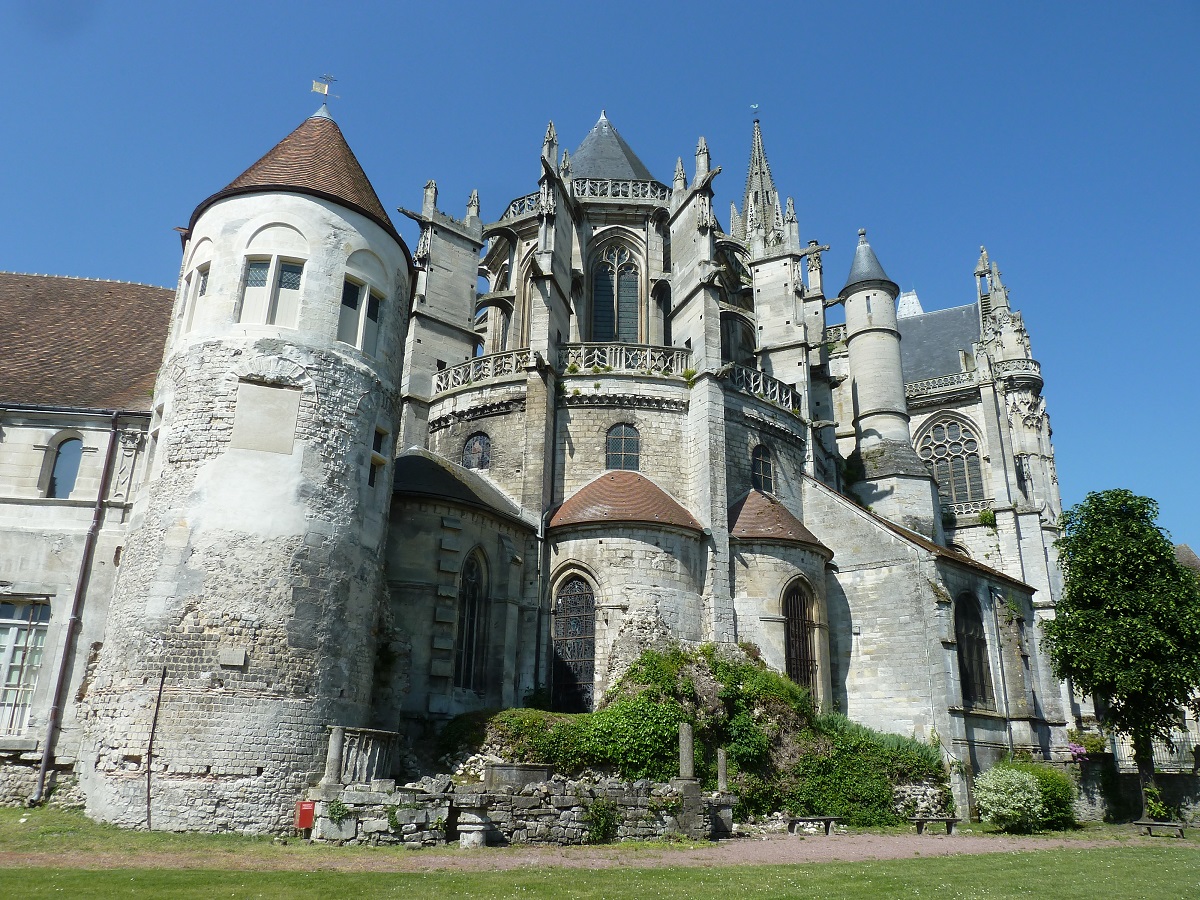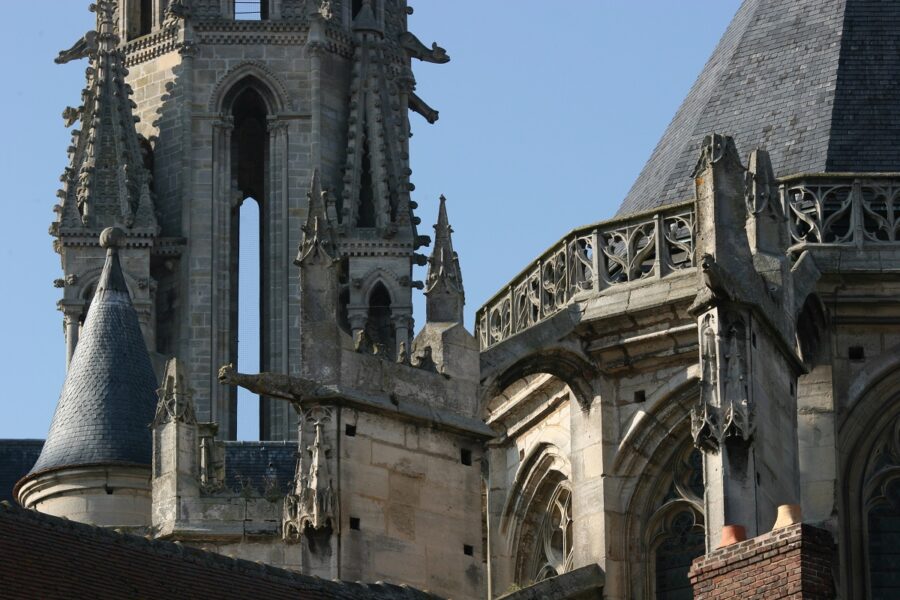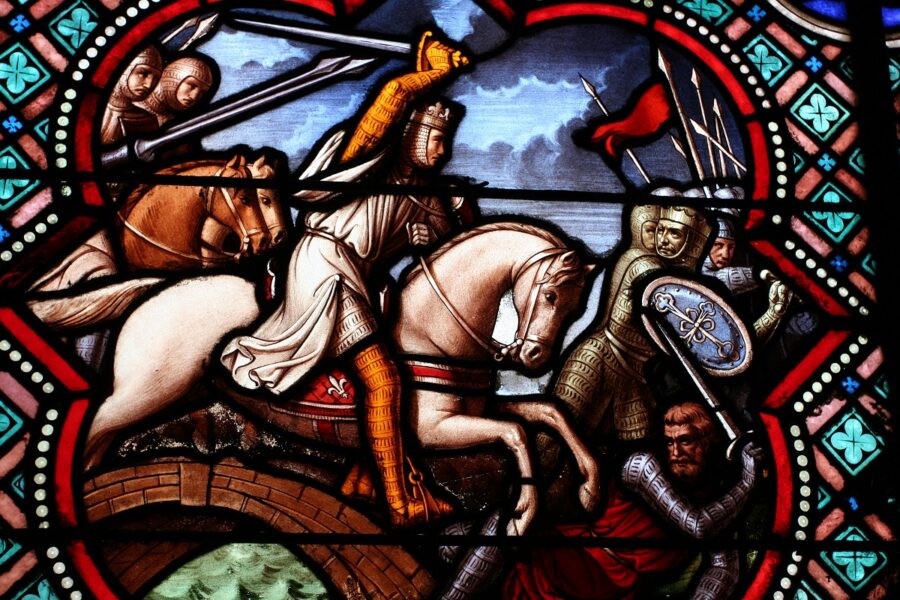Add to favorites
Come and discover a masterpiece of religious heritage – one of the smallest Gothic cathedrals in France!
The year 2020 marked the 870th anniversary of the laying of the cathedral’s first stone. Built in the same period as Notre Dame de Paris, the cathedral is older than those of Amiens and Beauvais.
Two remarkable elements of Gothic architecture inspire visitors: its tall spire and its sculpted portal, depicting, for the first time, the Coronation of the Virgin. Consecrated in 1191 and radically altered in the 13th and 16th centuries, the Cathédrale Notre-Dame de Senlis bears witness to the evolution of the Gothic architectural style, from early to rayonnant and then flamboyant.

A masterpiece linked to its city
Notre-Dame de Senlis was built from 1151 on the site of older sanctuaries. Its north façade was built against the Gallo-Roman defensive wall. The building of a cathedral in Senlis was favoured by the presence of a royal castle and the strong character of Bishop Pierre. The diocese was small, and its ability to raise funds was thus limited. But despite lack of participation from the king, the bishops set about its construction.
It took forty years. The Archbishop of Reims, William White Hands (Guillaume aux Blanches Mains), consecrated the cathedral on 16 June 1191. The faithful were won over by its portal of the Virgin, despite the fact that, unusually, there is no transept.

The city of Senlis flourished during the 12th and 13th centuries, making its living from trade in wool, leather and fur. The diocese became wealthy, and the cathedral was substantially altered around 1240. A remarkable two-storey spire was erected on the south tower. Rising to a height of 78 metres, it is one of the tallest in France, and today, is one of the rare complete steeples dating from the early 13th century. A transept was built and the nave became shorter than the choir – another original feature of this cathedral.
In the 14th and 15th centuries, a chapter house and a chapel added the finishing touches to the cathedral.
In 1504, a fire, caused by lightning, destroyed the structure and led to the collapse of the vaults. Thanks to donations from kings Louis XII and Francois I, the upper parts of the cathedral were raised by six metres and very rich flamboyant decoration was added to its side façades. The restoration work began in 1506 and lasted until 1515. In 1520, superb Flamboyant-style portals were added to the south and north façades of the transept.
During the Revolution, the cathedral served as a meeting place for the local Social Club (revolutionary organisation), then later as a warehouse. In 1800, the building once again became a place of worship and the Concordat transferred ownership of the cathedral to the city of Senlis.
In 1986, the city completed restoration of the interior, and in 1993, that of the spire. In autumn 2008, the city began the final phase of the painstaking restoration of the portal of the Virgin, revealing the original colours of its sculptures.
A Musée d’Art et d’Archéologie, located in the former episcopal palace and renovated in 2011, depicts the rich history of the city and its artists.
Practical information
Place Notre Dame
60300 Senlis
Open every day
To complete your visit: Click on this link to discover an idea for a walk, or download the app ‘rando Parc Oise’ to be geolocated.
Add to favorites






